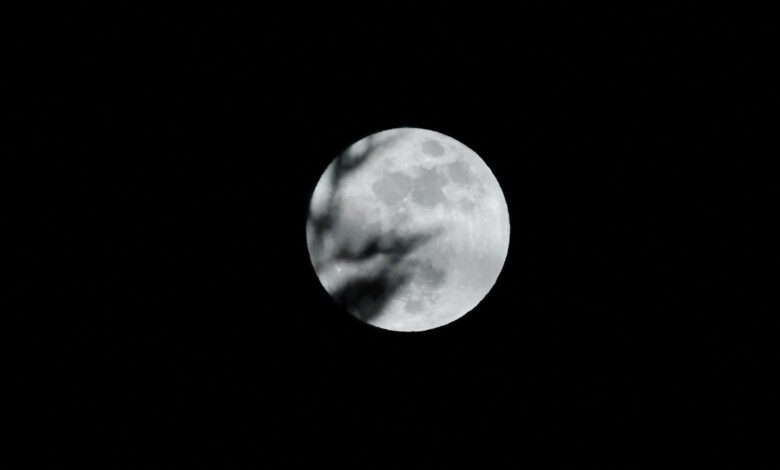Rare Super Blue Moon Visible Today: How to View This Celestial Wonder

Skywatchers should look up at the sky today, August 19, as a rare super blue moon will appear across the globe. This full moon will remain visible until August 22, according to NASA. This is the first of four remaining supermoons in 2024, with others appearing on September 17, October 17, and November 15.
Implications for India
This year, Raksha Bandhan, or Rakhi Purnima, coincides with a super blue moon, which holds significance for many in India. The term “super blue moon” refers to a full moon that appears within 90 percent of its closest distance to Earth, a concept first introduced by astrologer Richard Nolle in 1979.
Read more: Google Circle to Search Feature Coming to Galaxy A Series Smartphones, Galaxy Tab S9 FE- All Details
Despite its name, a super blue moon is not actually blue. However, blue moons can sometimes appear due to atmospheric conditions such as smoke.
A supermoon will be up to 30 percent brighter and 14 percent larger than a typical full moon. On August 19, 98 percent of the moon’s near side will be illuminated, reaching 100 percent in the following days. At its closest, the moon will be about 225,288 miles from Earth.
Definitions of a supermoon can vary. According to According to NASA’s Noah Petro, a supermoon is generally defined as a full moon that occurs within 90 percent of its closest point to Earth, or perigee. When the moon is closest to Earth, it appears larger and brighter than when it is farther away, or at aphelion, which is about 251,000 miles from Earth. Effects of a supermoon include higher-than-normal tides due to its proximity to Earth.
How to observe the super blue moon
Supermoons are visible to the naked eye and do not require special equipment. They can be seen with the naked eye or captured with a digital camera or smartphone. They rise higher throughout the night and can be seen just after sunset. Shannon Schmoll of the Abrams Planetarium advises that with clear skies, the moon will be easy to see. If clouds obscure it, the moon will still be visible before and after its peak.




